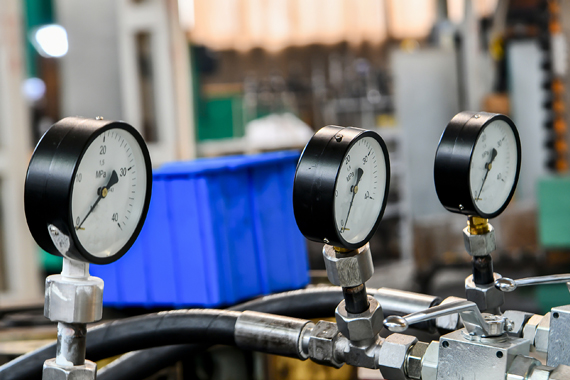Thermal and flow technology warrants product lifetime, avoids sudden failure and improves production processes, comfort or critical performances. Passive or active cooling, heat distribution, avoiding (over)heating, foaming, fluid, gas and phase change solutions help to optimize thermal behavior, together with simulations and tests. Dedicated technologies for electronics, food and beverage cooling, heating and refrigeration support you to improve development and reduce risks.

Before diving into the technology, you need to understand the impact of temperature on your system and its physics. Technological building blocks and concepts go hand-in-hand with the need to measure and simulate.

Thermal simulations and computational fluid dynamics (CFD) help evaluate different design concepts. Design for experiments and physical testing are crucial verification tools. Understand when your design reaches its limits or works improperly.

Selecting the right technology to match user, market and technical requirements is key. This ranges from Peltier thermo-electric cooling to vapor compression and magnetic cooling, and resistance or thermal ink-based heating to heat pipes and phase changing material usage.

Maintaining or controlling the temperature or flow in different use cases ranges from simple PID (Proportional Integral Derivative) algorithms to complex predictive or self-learning algorithms.
Engineering and physics, when practice and theory come together to understand and design the right system.
Vapor compression & thermo-electric cooling
- Vapor compression transfers heat effectively, it uses phase change heat transfer and offers unique properties.
- Thermo-electric cooling removes thermal energy by applying a voltage of constant polarity to a junction between dissimilar electrical (semi-)conductors.
- It’s key to understand the physics and limitations of both state-of-the-art principles to select the most appropriate technology.
Electronics cooling
- Thermal design
- Heat sinks & pipes
- Heat absorption gels & phase change materials
- Thermal optimization technologies
- Micro-channel heat collector
- Thermochrome ink, high-thermal conductivity carbon fibers & glue
- Lightweight, porous graphite foam & functionally graded materials like AlSiC-metal matrix
Battery management
- Developing a smart battery pack, including battery management systems and thermal monitoring, requires a control system. This system depends on the battery types, and the requirements of power and lifetime of the use case.
- Simulations and calculations of heat flow & convection during (dis)charging helps to determine the thermal concept requirements to avoid overheating of batteries and PCBAs, to safeguard performance and product lifetime.
Liquid, air & heat pumps
- Heat pumps are devices that provide heat or cooling for your applications, a good alternative for vapor compression and thermo-electric cooling.
- By using a compressor and circulating structure of liquid or gas refrigerant, you can pump heat from one side to another.
(Micro-)fluidics & flow simulations
- CFD calculations & micro-fluidics require a precise understanding of the complex interaction in multi-physics and must consider:
- the type of flow (laminar, turbulent etc.)
- the fluid characteristics (micro or macro level, viscosity etc.)
- the flow channel’s structure & shape
- specific applied forces like capillarity, gravity, heat transfer during the flow etc.
- AI-based surrogate modeling uses data to come up with the best generative thermal design.
Looking for the missing piece in your innovation project? Want to know how the thermal technologies in our portfolio can support your applications? Verhaert is your R&D partner to solve thermal or flow challenges while developing new products.









